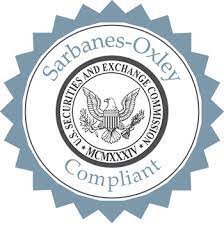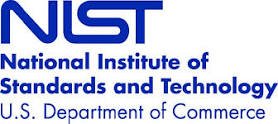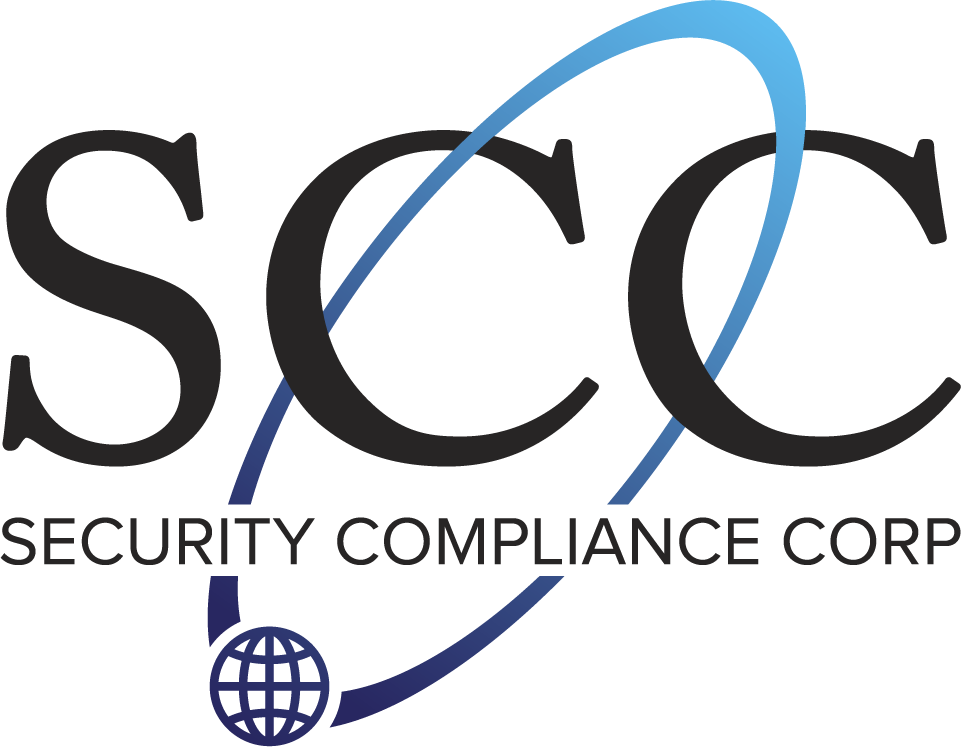What is a User Access Review?
And Why Should It Be Automated?
Background
User access reviews are critical for ensuring the security and compliance of digital systems within businesses. However, conducting these reviews manually can be time-consuming, error-prone, and resource-intensive. Thankfully, the advent of user access review software has revolutionized the process by providing powerful automation capabilities. The simplest and best user access review tool is Access Auditor. This article summarizes why organizations should embrace automation for a streamlined and optimized approach to their periodic access review processes.
Access Auditor can automate your user access reviews in as fast as 2 weeks!
What is a User Access Review?
A user access review is a process that involves evaluating the access rights and privileges of users within an organization. This review is aimed at ensuring that users have the appropriate level of access to information systems, data, and applications. The objective of a user access review is to identify and mitigate risks related to unauthorized access to information systems. User access reviews ensure that the access rights and privileges of users are appropriate and aligned with IT policies and procedures.
Many companies create a user access review checklist for the IT security team to follow. Teams review user access rights and privileges to ensure that they are appropriate and aligned with the organization’s policies and procedures. The review also involves identifying any potential risks related to unauthorized access to information systems.
Why Do We Perform User Access Reviews?
We perform user access reviews to ensure that users have appropriate access to computer systems, applications, and data resources. These reviews help us identify any access rights that may no longer be necessary or may pose a security risk to the organization. By regularly reviewing user access, we can mitigate the risk of inappropriate access and protect sensitive data. From an IT governance perspective, user access/entitlement reviews provide benefits to the business in several ways:
1) Better IT Security
We perform user access reviews to ensure that users have appropriate access to computer systems, applications, and data resources. These reviews help us identify any access rights that may no longer be necessary or may pose a security risk to the organization. By regularly reviewing user access, we can mitigate the risk of inappropriate access and protect sensitive data. From an IT governance perspective, user access/entitlement reviews can help in several areas:
- Ensure user access rights are appropriate for their role: The primary audit function of a user access review is to certify that access rights are appropriate for the employees job function. As we progress down our Identity and Access Management Roadmap, step 2 involves defining business roles by position or job title. When we include these roles into our user access review, the excess permissions are quickly spotted as exceptions to the job role.
- Identify orphaned user accounts left behind: When users leave the company, did we remove their access rights? We need to ensure that terminated users no longer have access to sensitive systems and information. By comparing with HR records and including managers in the process, the user access review can ensure all accounts are removed.
- Detect and mitigate access rights creep: As users change positions in the company, they often collect access to many more applications than needed. A periodic review of access rights will help spot excess privileges no longer needed. We recommend also including automated Separation of Duties monitoring.
2) Compliance and Regulations
In addition, user access reviews are a critical part of our overall security strategy and help us to comply with industry regulations. Many compliance regulations and frameworks require a periodic review of user access rights. Some of these include:





ISO 27001: Annex A, section 5 of the ISO standard recommends a periodic user access review. The frequency should be based upon a risk analysis, but at least annually, sometimes quarterly.
Payment Card Industry Data Security Standard (PCI DSS): The Payment Card Industry Data Security Standards (PCI DSS) must be followed by any organization that processes or stores payment card information. A key tenet of the PCI standards is to restrict access to cardholder data to only those requiring access. Requirement 7 has two requirements around limiting access to cardholder data:
7.1 Limit access to system components and cardholder data to only those individuals whose job requires such access. 7.2 Establish an access control system(s) for systems components that restricts access based on a user’s need to know, and is set to “deny all” unless specifically allowed.
These requirements are met by conducting periodic user access reviews, typically every 3-6 months.
HIPAA and HiTrust: HIPAA and HITRUST mandate the control and review of user access rights to protected health information (PHI). 45 CFR § 164.308(a)(3)(ii)(B) states that organizations must perform user access reviews:
“Implement procedures to determine that the access of a workforce member to electronic protected health information is appropriate.”
Sarbanes-Oxley Act (SOX): The Sarbanes-Oxley Act of 2002 was established to protect shareholders from accounting errors and fraud by public companies. Among other requirements, the Act created auditing and control requirements, including IT controls around user access rights. One of the most challenging SOX 404 requirements is the periodic review of user access rights. Also known as a user entitlement review, companies must review access to systems that materially affect a company’s financial records.
These reviews are most often performed quarterly and create a tremendous burden as staff collect user access data, then send out volumes of spreadsheets waiting for replies from managers and business owners. SCC created Access Auditor to automate this entire process and eliminate the spreadsheet rodeo. Within a matter of days, our customers can launch simple access reviews with Access Auditor.
Benefits of User Access Review Software
We have established many security and governance reasons for performing user access reviews. The challenge with conducting user access reviews is that we spend countless hours manually reviewing and managing user access. A manual review of access involves collecting data reports, processing them into spreadsheets by hand, sending them to everyone’s manager, encouraging completion, and saving the results. This labor-intensive process is very prone to mistakes, leading to an audit deficiency or weakness.
By automating your user access reviews, you can eliminate these concerns and optimize your work processes. Automated user access reviews allow you to easily identify and remediate any security vulnerabilities or access issues before they become a problem. With the help of automated workflows, you can drastically reduce the time and resources needed to manage user access reviews. This allows you to focus on other critical IT tasks, such as ensuring compliance and improving cybersecurity.
In addition to improving security and compliance, automating your user access reviews also increases efficiency and productivity. With automated reminders, email notifications, and reporting, you can stay on top of user access reviews and quickly identify any areas of concern. This allows you to take proactive measures and streamline your user access management process.
The best and simplest user access review tool is Access Auditor. Some of the key business benefits of automating user access reviews include:
1) Enhanced Security
Automating user access reviews with access auditor significantly improves security. Automation ensures consistent and timely reviews, reducing the window of opportunity for unauthorized access. By leveraging automation, businesses can:
- Identify Unauthorized Access: Automation software can detect unauthorized access attempts and potential security breaches more promptly than manual reviews. It provides real-time alerts and notifications, enabling organizations to take immediate action and mitigate risks promptly.
- Ensure Compliance with Access Policies: Conducting regular entitlement reviews ensures consistent adherence to access policies and controls. It minimizes the risk of human error, such as overlooking access permissions or failing to detect inappropriate access. By maintaining compliance with industry regulations and internal policies, organizations safeguard critical data and maintain the trust of their stakeholders.
2) Risk Reduction
Automation also mitigates various risks associated with user access management. Here’s how:
- Proactive Risk Identification: By continuously monitoring access privileges and patterns you can proactively identify potential security risks. Automation tools like Access Auditor detect anomalies, unauthorized access attempts, and conflicting permissions, allowing organizations to address vulnerabilities before they can be exploited.
- Separation of Duties (SoD) Compliance: Identity solutions perform comprehensive SoD analyses, identifying conflicts where a single user possesses conflicting permissions. This helps organizations prevent fraudulent activities, maintain accountability, and ensure proper segregation of duties.
3) Time Savings
Automating user access reviews saves valuable time and resources, empowering organizations to focus on strategic initiatives. Time savings are gained through:
- Streamlined Processes: User entitlement review systems follow predefined workflows, eliminating the need for manual intervention at each step. They facilitate streamlined access certification, approvals, and revocations, reducing the time spent on administrative tasks.
- Efficient Reporting: Automation generates comprehensive reports that highlight access privileges, unused accounts, and potential risks. These reports are readily available and can be accessed on-demand, eliminating the need for manual data gathering and analysis.
- Timely Reviews: Identity governance systems schedule and trigger user access reviews at regular intervals or based on specific events. This ensures that access privileges are monitored and adjusted in a timely manner, reducing the risk of outdated or unnecessary access.
Conclusion
Automating user access reviews is a game-changer for organizations seeking to enhance security, reduce risks, and save time and resources. With automation, businesses can proactively identify potential security threats, maintain compliance with access policies, and streamline access management processes. The benefits of automation extend beyond improved security, risk reduction, and time savings to enhanced operational efficiency, strengthened compliance, and increased overall productivity. By embracing automation in user access reviews, organizations can create a robust access management framework that safeguards critical systems, protects sensitive data, and ensures the trust of stakeholders.
User entitlement review efforts should be simple and efficient. For more information on SCC and Access Auditor, please contact us here. We look forward to helping you gain control over your user access rights and automate the extremely labor-intensive task of user entitlement reviews.
